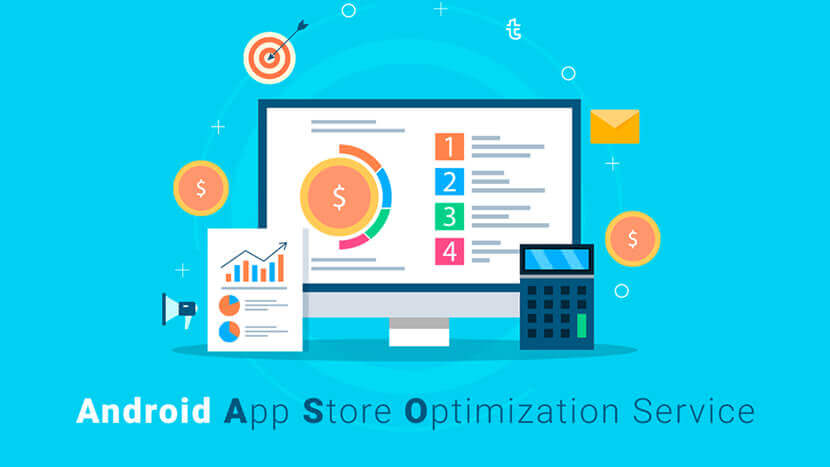Think of ASO as SEO for mobile apps. It includes the entire package that you leverage to promote your android apps: both what you include in the app store listing itself including the keywords, title, app icon, app screenshots, as well as all the peripheral marketing you do to promote it and drive people towards that elusive download.
The bottom line is that you may have a fantastic product, but without the ability to search and find it, people will simply not be able to download it and all your work will be in vain. Getting your ASO analysis right can be really tricky, but there are some things you can do to make your app more discoverable in the various app stores, including the Google Play Store.

How to measure ASO?
App Store SEO / ASO is equally important at any stage of the product growth cycle.
In the beginning, it is aimed to improve the visibility and discoverability of the app stores, with a main to drive organic installs and reduce the costs of user acquisition and paid marketing actions. In the later product stages, the best ASO strategy aims to sustain the growth and keep the top positions in charts and in search, benchmarking the performance with the competition, improving conversion, retention, and user feedback.
Let’s take a closer look at the main goals within app marketing strategies, identify the corresponding metrics, and see how to measure and optimize them.
1: Visibility in the stores
The main of App Store Optimization is to improve the visibility of your mobile apps and games on the stores, in order to improve the discoverability in Search, Top Charts, and Featured, and get more organic installs.
2: Conversion Rate of the product page
Improving the conversion rate to mobile app install of a store listing is the second important after visibility. When the user discovers the mobile app, it is vital to create a great first impression about it – here is where the role of the conversion rate becomes preliminary.
3: Mobile Growth
There are different ways to measure mobile growth. The main growth trigger for ASO app store optimization would be the number and velocity of the installs, but in the whole set of App Marketing strategy, the growth is more than that.
One of the main goals of App Store Optimization is organic growth, so the number of installs plays a great part here. Having a deep understanding of organic and non-organic sources of installs, we can measure another important KPI for mobile apps: organic uplift, or organic multiplier.
This effect is related to a natural boost in organic traffic caused by paid marketing actions. Purchased mobile installs will lift up the app in the search and in top charts – which, in turn, will give it more visibility and attract more organic users.
4: User feedback
The more ratings and reviews you have and the better is the overall user sentiment, the greater impact they’ll have on the rankings and overall visibility of an app.
User ratings and reviews are extremely important metrics of a stable and “healthy” app. In ASO, they play two main roles: first, they are taken into account by the store’s algorithms for ranking in Search and Top Charts, and second, they have a great influence on users’ decisions to download, and thus, a matter for Conversion Rate.
5: Monetization
The last, but not the least important for mobile developers is the successful monetization of their products. For an effective monetization of the mobile app, the quality of the users matters more than the number of installs.
CONCLUSION:
There is no single indicator that can measure overall success. All of them are equally important, not only on a certain product stage but also as an integral part of the greater App Store Optimization strategy. Only by studying all these metrics, and combining them together, we can get a complete picture of the performance. If you want to get your ASO analysis to track? Contact us now!